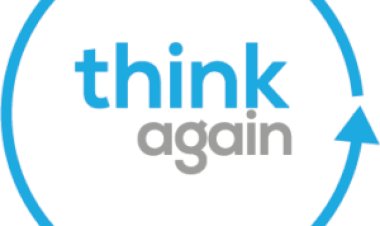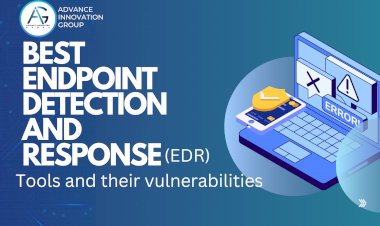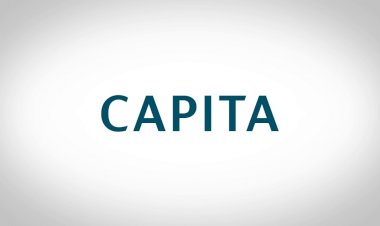Harnessing the Power of Kaizen for Continuous Improvement
Kaizen is a continuous improvement philosophy focusing on small, incremental changes to enhance productivity, quality, and efficiency. It involves all employees in identifying improvements, eliminating waste, and standardizing processes. Using tools like 5S and PDCA, Kaizen fosters a culture of innovation, driving long-term growth and sustainable success.

Introduction
In a world where adaptability, innovation, and technologies are essential for success, businesses must focus on continuous growth to remain competitive. One powerful approach to constant development is Kaizen, a Japanese term that means "continuous improvement." This philosophy emphasizes small and gradual changes that, when combined, have significant organizational transformation.
What is Kaizen?
Kaizen is a mindset that focuses on small, consistent improvements rather than large, disruptive changes. Derived from the Japanese words "kai" (change) and "Zen" (good), it encourages the idea that incremental (can be small or large) progress is the key to achieving significant results. Kaizen focuses on improving processes, products, and systems through the collective efforts of employees at every level of the organization either lower or managerial authority.
The Principles of Kaizen
The Kaizen approach is erected on several core principles that guide its implementation:
-
Small Improvements Over Time: Kaizen acknowledges that large-scale changes can be daunting and hard to maintain. By prioritizing small and manageable improvements, organizations can make sustainable changes without the risk of being overwhelmed team or causing disruption.
-
Employee Involvement: Unlike hierarchical management, Kaizen supports contributions from all employees, regardless of their rank & position. All team members actively participate in spotting inefficiencies and proposing solutions, promoting a collaborative and innovative culture.
-
Standardization of Best Practices: Once a source of enhancing the process is identified, Kaizen advocates for standardizing it across the organization to ensure consistency.
-
Continuous Feedback and Adjustment: Kaizen promotes regular feedback loops to assess the outcomes of modification. This ensures that improvements remain relevant and can be further refined as needed.
The Benefits of Kaizen
When implemented effectively, Kaizen can lead to numerous benefits for both small and large organizations:
-
Enhanced Efficiency: By looking at the inefficiencies and then streamlining processes, Kaizen reduces waste, optimizes usage of resources, and enhances overall productivity of the organization.
-
Higher Employee Engagement: Including employees in the improvement process helps to boost morale and sense of ownership and pride in the work being done.
-
Improved Quality: Continuous attention to detail and iterative improvements lead to higher product or service quality, satisfying customer expectations, and improving customer loyalty.
-
Cost Reduction: By eliminating waste and optimizing workflow which helps organizations save costs in the long run.
-
Innovation: The Kaizen philosophy creates an environment that encourages creative thinking and problem-solving through small and continuous improvement activities, leading to innovative solutions and new ideas.
How to Implement Kaizen in Your Organization
Successfully integrating Kaizen in your organization requires commitment, a shift in mindset, and a willingness to involve every team member in the improvement process. Here’s how you can get started:
-
Define Clear Objectives: Commence by identifying the areas of your organization where improvements are needed. Whether it's in production, customer service, or internal processes, having clear goals will minimize your efforts.
-
Create a Culture of Continuous Improvement: Create an environment where everyone feels empowered to contribute whether introvert or extrovert. Encourage team members to speak, suggest improvements, and collaborate in problem-solving processes.
-
Start Small: Kaizen focuses on tiny changes first. These small wins will build momentum and create confidence among team members, making it easier to keep track of improvements across the organization.
-
Use Tools and Techniques: Kaizen relies on various tools such as value stream mapping, 5S (Sort, Set in Order, Shine, Standardize, Sustain) and root cause analysis and many more to identify inefficiencies and opportunities for improvement.
-
Monitor and Measure Progress: Measure the impact of the improvements and evaluate their success. Utilize key performance indicators (KPIs) to ensure the changes produce meaningful results.
-
Encourage Collaboration and Feedback: Kaizen succeeds through collaboration. Conduct regular meetings or workshops to facilitate idea sharing and feedback among employees.
-
Celebrate Successes: Celebrate all improvements, no matter how small. This encourages employees and strengthens the focus on continuous growth.
Conclusion
Kaizen goes beyond being a management approach—it’s a culture of ongoing improvement that can reshape an organization from the inside out. By emphasizing gradual, consistent progress and nurturing a collaborative, feedback-focused atmosphere, businesses can unlock greater efficiency, spark innovation, and enhance employee involvement. Embracing the Kaizen mindset could be the pathway to achieving lasting, sustainable growth for your organization.

 Pranay Kumar
Pranay Kumar 


































Comments (0)
Facebook Comments